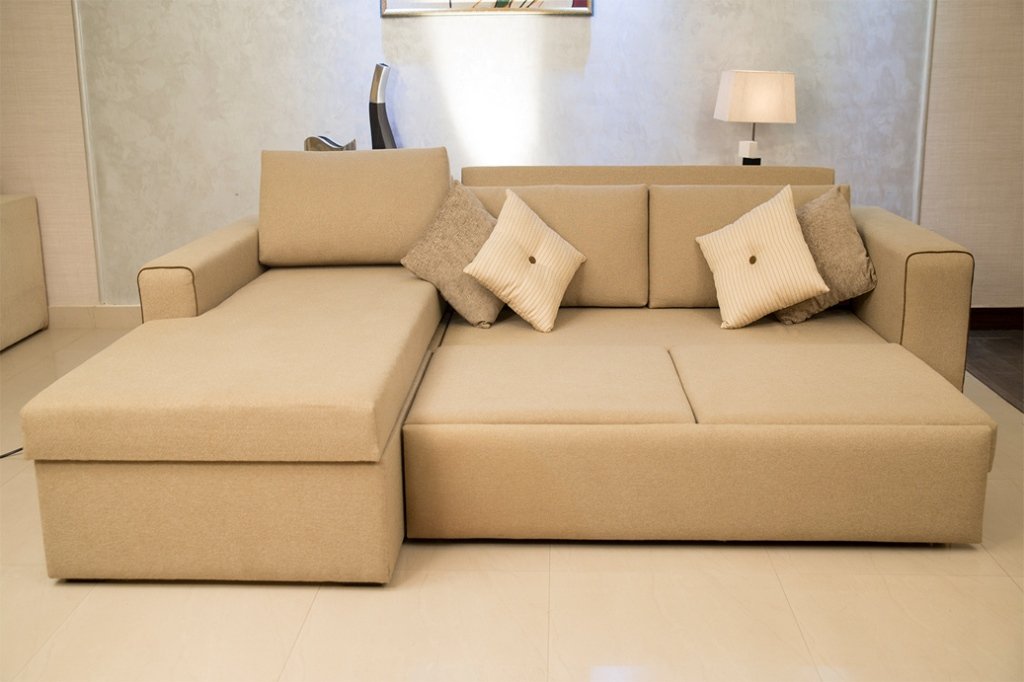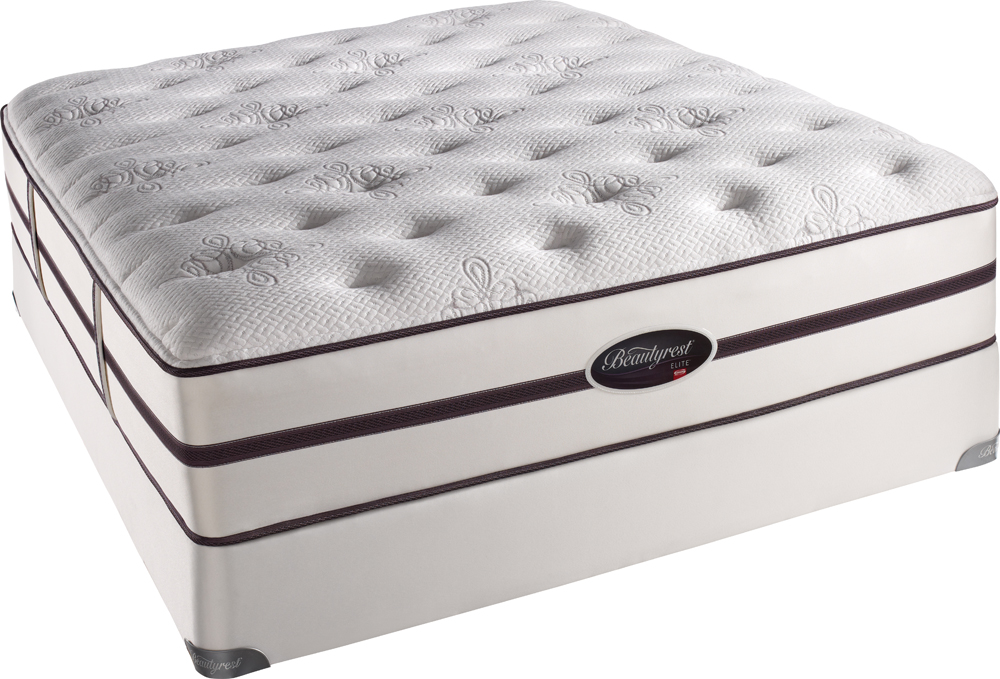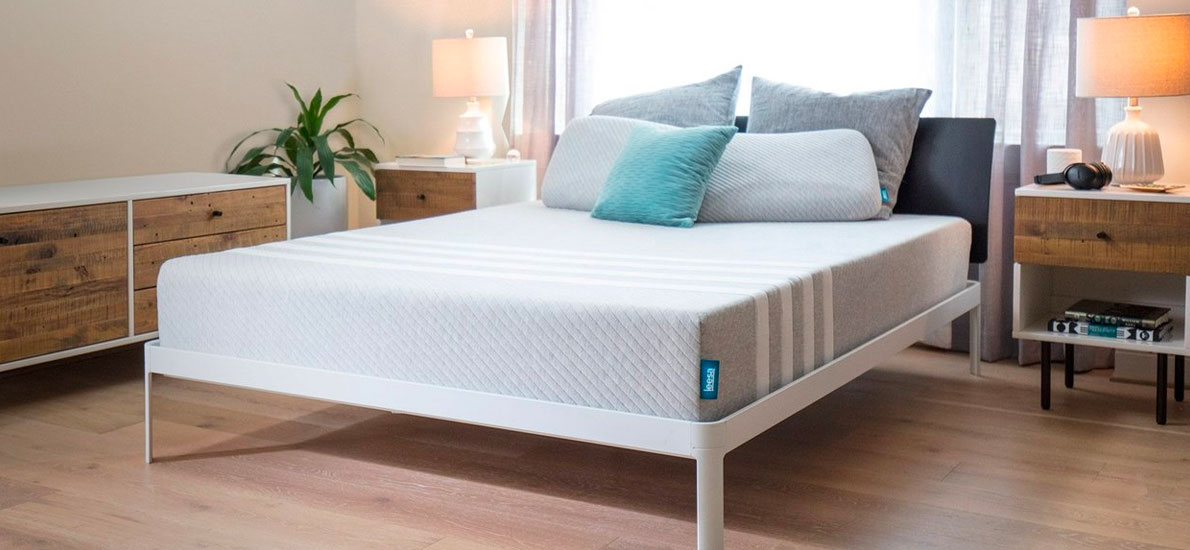Rainwater Collection Systems are popular among tiny house owners due to their flexibility and cost effectiveness. Depending on the location of your tiny house, the climate, and the amount of space available for rainwater collection, a variety of options exist. Storing large amounts of water requires tanks or barrels; smaller amounts of water can be stored in buckets, barrels, water jugs, and more. Rainwater can be harvested for showering, washing clothes, or for any other water needs. With the right design and with careful usage, a rainwater collection system can provide the necessary water supply for a tiny house. Rainwater usually requires filtration for it to be safe for consumption. Water collected from a rainwater collection system should be filtered through a cartridge filter, UV filter, or other means in order to make it drinkable. Filtering water is important to ensure that contaminants don’t get into the tiny house.Tiny House Rainwater Collection Systems
When selecting a tank for water storage for a tiny house, it's important to weigh the different options. The most popular tank options for tiny houses are plastic tanks, stainless steel tanks, or glass-lined tanks. Each type of tank brings its own set of benefits and drawbacks, with considerations that include cost, space, aesthetics, and maintenance. Plastic tanks are the most affordable option, with low maintenance requirements. These tanks are light and have low thermal conductivity, which helps to minimize energy loss through evaporation. However, plastic tanks can become brittle over time, and they also don’t provide a visually appealing look. Stainless steel tanks are more expensive but they last longer and have a more aesthetic appeal. They’re also sturdier than plastic tanks and provide better insulation. Glass lined tanks feature a coating on the interior, which helps to protect the water from contaminants. In addition, glass lined tanks are more aesthetically pleasing and can be customized to the design of the tiny house.How to Choose the Right Type of Tank for Tiny House Water Storage
A water system for a tiny house needs to take into account the size of the house, the water supply needs, and the environment the tiny house is built in. When designing a tiny house water system, it’s important to consider the source of water and the water storage needs. The type of system will depend on the local codes in the area, as well as the demands of the tiny house. If possible, water should be sourced from gravity. This allows for a reliable supply of water, with the source usually being a municipal supply or well water. In some cases, rainwater can also be used. Once the source of water is determined, a storage tank should be selected and installed. It’s important to make sure that the storage tank is the correct size and is installed correctly. There should be a filtration system to ensure that the water is safe to drink.How to Design a Tiny House Water System
Graywater is wastewater that has not been contaminated with fecal material. It can include water from washing dishes, showers, sinks, and clothes washers. A graywater system can be used in a tiny house to reduce the amount of water that goes down the drain. This helps to conserve water and prevent water waste. Graywater can also be used for gardening, washing cars, or for watering plants, reducing the demand for fresh water. The type and design of graywater system will depend on local code requirements, the space available, and the water source. Some systems allow for the graywater to be recycled back into the house, while others filter the graywater and return it to the environment. Depending on the situation, it might be best to connect a graywater system into a septic or sewer system. Before implementing a graywater system, it’s important to be familiar with the local codes and regulations to ensure compliance.Tiny House Graywater Design & Plumbing Solutions
A septic tank is essential for a tiny house, and the size of the septic tank is determined by the number of bedrooms in the tiny house, the daily flow of water, and the demand on the system. It’s important to get the right size septic tank, so that it can handle the amount of wastewater that is generated on a daily basis. Septic tanks come in a variety of sizes, and it’s important to select the size that is appropriate for the tiny house. If the septic tank is too small, it will not be able to handle the amount of wastewater, resulting in water backing up and flooding. It’s also important to make sure the septic tank is constructed and installed properly, so that it conforms to the local regulations. Septic tanks can be constructed from concrete, plastic, or fiberglass, each with their own pros and cons. Septic tanks also need to be regularly inspected and maintained to prevent clogs and other problems.Sizing a Septic Tank for a Tiny House
Off-grid water storage tanks are essential for any tiny house that is not connected to a municipal water supply. Off-grid water tanks can be used to store drinking water, shower water, graywater, and other types of water. It’s important to choose the right type of tank for the needs of the tiny house. There are a few different types of water tanks that can be used, including plastic tanks, stainless steel tanks, and glass-lined tanks. It’s also important to size the tank correctly. Tanks come in a variety of sizes, and the size of the tank will depend on the size of the tiny house and the water needs. The tank should also be properly sealed to prevent contamination. In addition, it’s important to have the right fittings and connections for the water tank, so that water doesn’t leak or run into the wrong place.Off-Grid Water Tanks: A Guide For Tiny Houses
When designing a septic system for a tiny house, it’s important to consider the size of the tiny house, the number of occupants, and the local codes and regulations. In general, a septic system will include a septic tank, leach lines, and a distribution box. The septic tank is where wastewater is collected and treated, while the leach lines are used to disperse the wastewater into the ground. The distribution box is used to distribute the wastewater equally throughout the leach lines. When designing a septic system for a tiny house, it’s important to consider the type of system that is best suited for the tiny house and the location. It’s also important to select the right size septic tank, as a septic tank that is too small can cause problems such as backups and flooding. It’s also important to make sure the septic system is installed properly and is maintained regularly.Best Practices & Design of a Tiny House Septic System
Tankless water heaters are becoming popular among tiny house owners due to their space-saving design and energy efficiency. Tankless water heaters use hot water on demand, which eliminates the need for a storage tank. This saves space and allows for a more efficient use of energy. Tankless water heaters can either be installed inside the tiny house or outside. Connecting a tankless water heater to an off-grid water system is also possible, although it requires special fittings and connections. When selecting a tankless water heater, it’s important to consider the size, energy efficiency, and features of the model. The size and capacity should be appropriate to the needs of the tiny house; an undersized unit will require frequent refilling, while an oversized unit will needlessly consume energy. It’s also important to consider the features and controls that come with the unit. Some tankless water heaters come with digital temperature control systems, which allow for precise water temperature control. Tiny House Tankless Water Heaters
Water tanks are essential for tiny house owners who are off the grid, and there are a variety of tank types available, including plastic, stainless steel, and glass-lined. It’s important to size the tank correctly; an undersized tank will require frequent refilling, while an oversized tank will waste energy and money. It’s also important to make sure the tank is properly sealed to prevent contamination. In addition, it’s important to install the right type of filtration system. Water from tanks should be filtered to make sure it is safe to drink and doesn’t contain any contaminants. Filtration systems come in a variety of types, and the right system will depend on the needs of the tiny house. Cartridge filters, UV filters, and reverse osmosis systems are some of the most popular types of filtration systems.Tiny House Water Tanks & Filtration Systems
Tankless toilet systems are becoming popular in tiny house designs. These systems are small and space-saving, and they offer several advantages over traditional toilets. Tankless toilets use no water for flushing; instead, they use a vacuum system that sucks the waste down the drain. This can save up to 10 gallons of water per day, and also makes the bathroom design more efficient. In addition, tankless toilets don’t require any water connection, making them ideal for tiny houses. When designing a modern tiny house bathroom, it’s important to take into account the space available and the needs of the occupants. There are a variety of tankless toilet designs available, and the style of the toilet should match the overall design of the bathroom. It’s also important to ensure that the plumbing connections are correct, as incorrect connections can lead to leaks and other problems.Modern Tiny House Bathroom Design with a Tankless Toilet System
Septic tanks are essential for any tiny house that is not connected to a municipal sewer system. When selecting a septic tank, the size needs to be appropriate for the tiny house, and it should be constructed and installed properly in order to conform to local codes and regulations. Plastic, concrete, and fiberglass septic tanks are all viable options, with each offering its own set of advantages and drawbacks. Septic tanks also need to be regularly inspected and maintained in order to prevent backups and other problems. It’s important to understand the local codes and regulations when it comes to constructing and installing a septic tank. It’s also important to make sure the tank is the right size and properly sealed to prevent leaks. A properly installed and well maintained septic system can provide years of reliable service for a tiny house.Tiny House Septic Tank Design & Installation Guide
What to Consider When Designing a Tiny House Water Tank

When designing a tiny house, you must consider how to store and use water. After all, this is an important part of day-to-day living. To ensure adequate and efficient water storage you must consider the number of people living in your tiny house, your Amenities , and the size of the tank .
House Composition

The size of the water tank will depend on the number of people who will be using it. If you are living alone, you may find that a 50 L tank will suffice. However, if you are living with family, you might need a larger tank. It is important to consider your specific needs and make sure that any tank you purchase meets those needs. Additionally, think about how often you will use the tank and how much water you may need for your daily activities.
Amenities

When designing a tiny house, people often opt to include amenities such as a shower. If you plan on doing this, then the size of the tank you will need will significantly increase. It is important to factor in any amenities when deciding on the size of the tank you need. An inadequate tank will not provide you with the necessary pressure and supply in order for the amenities to work correctly.
Size of the Tank

When deciding on the size of the tank, consider not only the number of people it will service, but also the type of tank you want. Generally, the size/capacity of the tank depends on the shape of the tank. A standard rectangular tank will have a greater capacity than a round one. Additionally, the material of the tank is an important factor to consider as it will impact the cost and weight of the tank.
Durability and Maintenance

Finally, it is important to consider the durability and maintenance of the tank. There are several materials that water tanks can be made from such as plastic, metal, and fiberglass. Plastic is relatively cheap and lightweight but may not be as durable as metal, which is a bit more expensive but can last a long time. Fiberglass is the most expensive option but is the most durable and requires the least amount of maintenance.
Finding a Water Tank for Your Tiny House

When looking for a water tank for your tiny house, it is important to consider the size, material, and maintenance of the tank. Additionally, factor in the number of people living in the house as well as any amenities you may have. With all of this in mind, you can find the perfect tank that meets your needs.





































































































/Living-room-with-traditional-details-58c0ad323df78c353c16f913.png)





